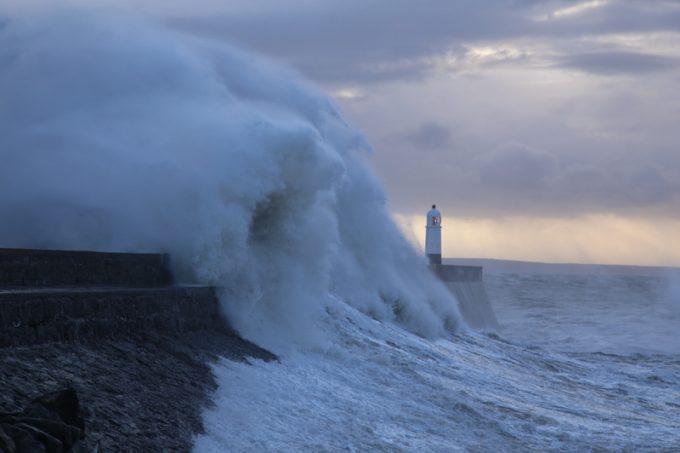CMA CGM could build medium-size vessels in US, says Saade
CMA CGM is looking into the possibility of building mid-size vessels in the US, the ...

There has been a prolific rise in weather-related cargo loss and insurance claims since carriers have been forced to brave the extreme conditions round the Cape of Good Hope to escape Houthi attacks in the Red Sea.
Conventional wisdom has it that ships should avoid heavy storms where possible to minimise the risk of container loss, but the past 270-or so days of re-routing have seen vessels exposed to extreme weather off southern Africa.
In fact, between 2 June and today, there ...
Freightmate 'a product of theft, not ingenuity' says Flexport
Ceva Logistics UK named and shamed as a 'serial late-payer'
China hits out at Hutchison plan to sell Panama port holdings to MSC
Box ship in collision with tanker off UK coast
Mercedes-Benz places record order for SAF with DB Schenker
Liners plan more rate hikes to halt renewed container spot rates decline
M&A speculation swirls as EV Cargo unveils 'robust financial position'

Comment on this article